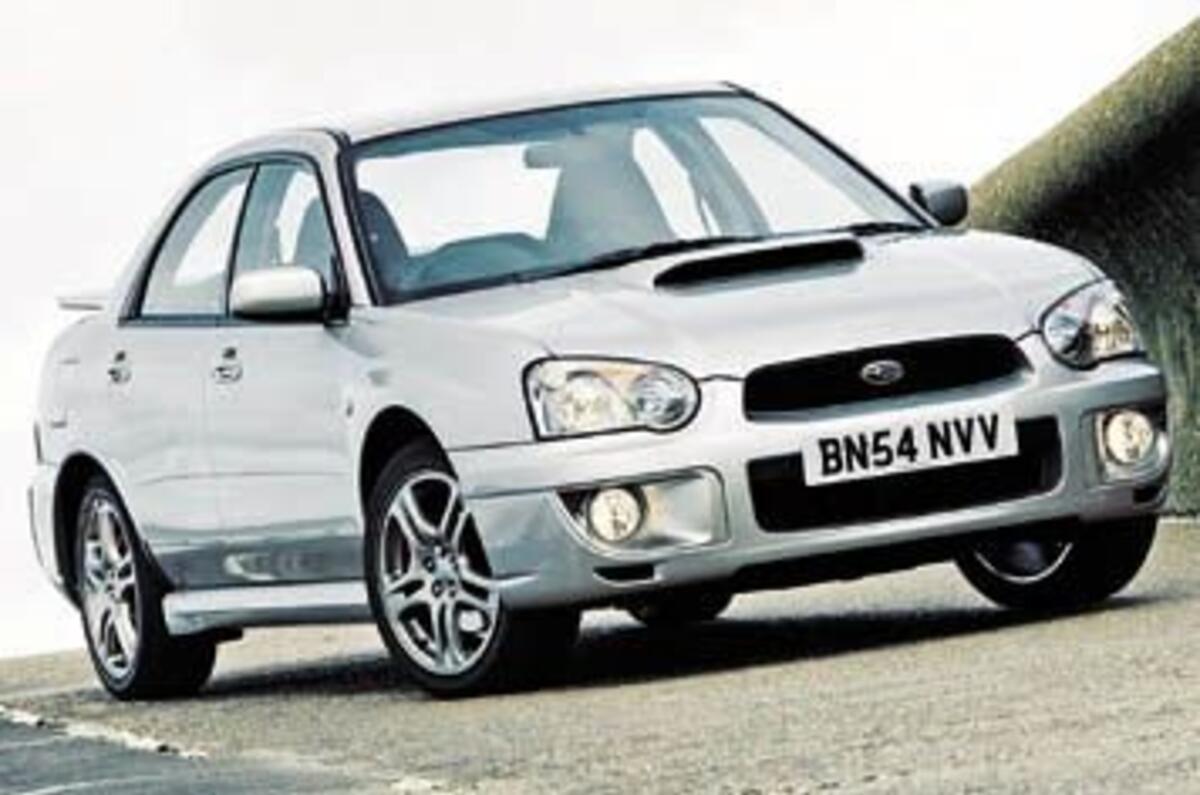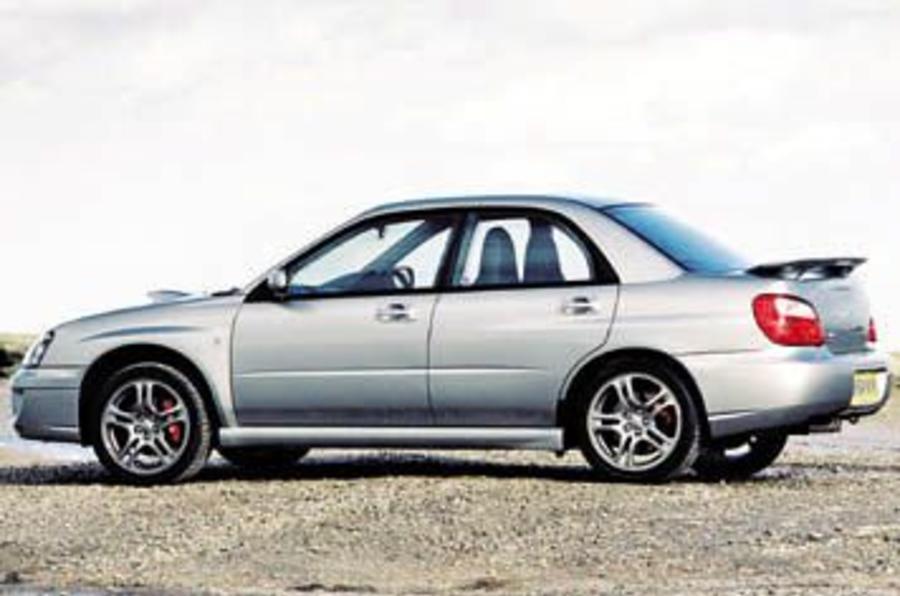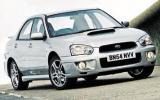Anyone who witnessed Petter Solberg’s gravity-defying escapades through the penultimate stage of this year’s Rally GB would be forgiven for hankering after their own Subaru-badged slice of four-wheel-drive action. Rallymen usually lift over Margam’s yump; Solberg took it with his right boot bolted to the bulkhead, on the way to turning a 3.5sec deficit into a 5.7sec lead.
But it isn’t just Solberg who tries harder. Subaru have seen fit to ensure that the road-going version of his rally car, the Impreza WRX STi (Autocar, 7 September), has been improved. However, that’s not the only model it has fettled: Subaru’s second-fastest Impreza, the slighter-of-bonnet-scoop and smaller-of-spoiler WRX, has also come in for some attention, and so the nation’s favourite Scooby gets even better.
The headline differences between the WRX and the WRX STi aren’t as big as you might expect: 222bhp plays 262bhp, 60mph is dispatched in either 5.6sec or 5.2sec, and a 144mph maximum trails 152mph. Buy a WRX, then, and you’re getting an STi in all but a few tenths of a second and a measly eight miles per hour, and with a tidy six grand saving – right?
Mercifully, no – and definitely not now the Subaru Technica International variant has been armed with an extra differential and given orders to re-engage its nemesis, the Mitsubishi Evo. The standard WRX combines taut body control with an easy compliance and an unperturbed ride – it’s the supreme part-time enthusiast’s four-wheel-drive car of choice. And in contrast to its uncompromising range mate, it feels like it’s suspended on a current of warm air.
This is thanks to a near-perfectly balanced chassis, made extra special by new aluminium front suspension links that reduce unsprung weight, and the more rigid, inverted dampers from the STi, all of which help the ride. A smaller, three-spoke steering wheel is far nicer to hold and a damper valve stops any unexpected kickback. With its slicker (but five-speed) manual gearbox and more muted exhaust than the STi’s, the WRX is a car that strikes that rare balance of compliance and composure, serving up accessible performance whenever it’s called for.
And it’s easy to summon. The standard rally-style take-off procedure – dial up maximum revs, sidestep the clutch and be ready with second gear – works as well in the WRX as any other Impreza and, if anything, its acceleration thereafter is less affected by turbo lag than in the more fiercely blown alternatives. The STi’s impression of a jumbo jet isn’t only provided by its induction howl: get trapped below 3000rpm and you’ll find time to double-check your belt is fastened and ensure your seat’s in the upright position before any meaningful response to the throttle arrives.
But there’s no such affliction here; just a little more squat from the rear springs and a more subtle, athletic zing from its boxer engine as you take advantage of the car’s taller intermediate gear ratios and wring out every last drop of performance.
So Subaru’s hot and even hotter blown Imprezas have never been further separated. When we road-tested the WRX in 2000 it earned a rare five-star rating. It is still the most broadly capable Impreza you can buy – possibly the most appealing fast four-wheel-drive four-door there is – and all the more satisfying on the road because its plentiful pace and accomplished handling are so easy to exploit.
















Add your comment